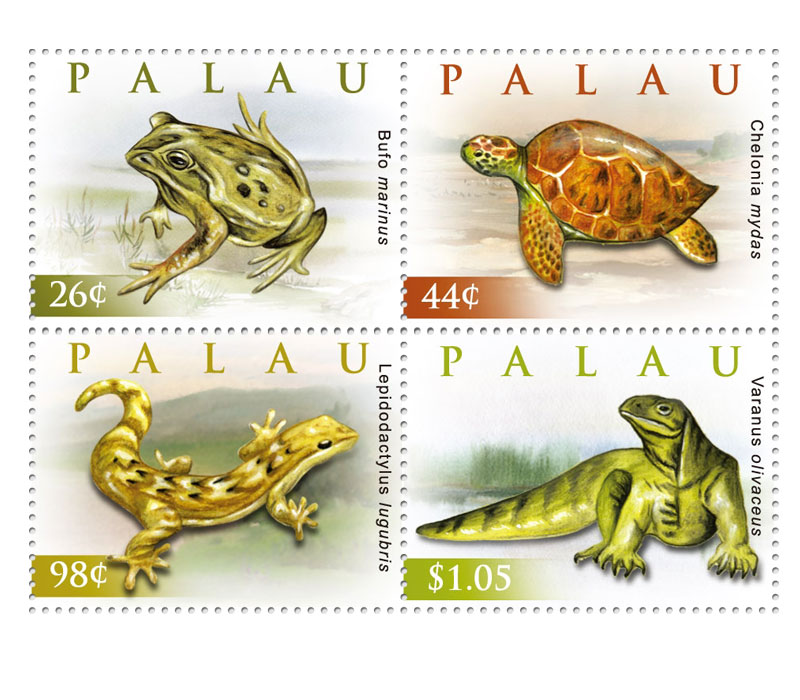Reptiles worldwide may be under greater environmental stress than their amphibian cousins, according to a report published in the journal BioScience. Amphibian declines have garnered much attention within the scientific community over the last 10 years. Declines of reptiles, often linked to amphibians, warrant attention on their own, the authors note. "Recent research has demonstrated that amphibians are declining on a global scale," said Whit Gibbons, a herpetologist and professor of ecology at the University of Georgia and lead author of the study. "We wanted to examine the same kind of evidence for reptiles as no one had yet synthesized the information to see if reptiles are facing similar problems." According to the researchers, government records show that reptiles are vanishing faster than amphibians. More reptiles face environmental problems based on the numbers of endangered and threatened species identified by the U.S. Fish and Wildlife Service, they point out. The Wildlife Service lists 26 species of amphibians and 88 species of reptiles under the Endangered Species Act. Likewise, the World Conservation Union lists 129 amphibians and more than 270 reptiles around the world as endangered or vulnerable.
Using the six categories of concern established by the Partners in Amphibian and Reptile Conservation habitat loss and degradation, invasive species, environmental pollution, disease, unsustainable use and global climate change the authors explored the decline of reptiles. According to the report, amphibians and reptiles occupy similar habitat and are equally vulnerable to habitat degradation. "Amphibians and reptiles are correspondingly defenseless against the global threats of deforestation, draining of wetlands and pollution from agricultural run-off," the authors note. Nevertheless, they point out that reptiles tend to occupy larger home ranges. "Reptiles require more space so they may be more susceptible to habitat fragmentation," said co-author Travis Ryan, an assistant professor of biology at Forman University. Unsustainable human use may also pose a greater threat to reptiles. A dramatic example is the decline of leatherback sea turtles (Dermochelys coriacea), , Ryan said. "Leatherback populations have dropped to 30 percent of what they were 15 to 20 years ago." "Reptiles probably face greater threats in the food trade," said co-author Kurt Buhlmann, an ecologist with Conservation International. It is important to understand the life history of reptiles in the context of harvesting them for pet food and medicine, Buhlmann said. "Many reptiles don't reproduce until later in life," he explained. "Some turtles don't reach sexual maturity until they are 18. You can't think of reptiles as deer or rabbits that reproduce very quickly." "This is a wake up call that reptiles are in trouble," Buhlmann said. "If you look at the big picture, we've got problems. "Reptiles are a significant environmental component of virtually all temperate and tropical regions of the world," added Gibbons. "They are at the top of the food pyramid in many systems and are therefore indicators of environmental health. Their loss from an ecosystem is a signal that the system is failing."
Source:
Environmental News Network, August 11, 2000
http://www.anapsid.org/popdecline.html

- Login om te reageren
